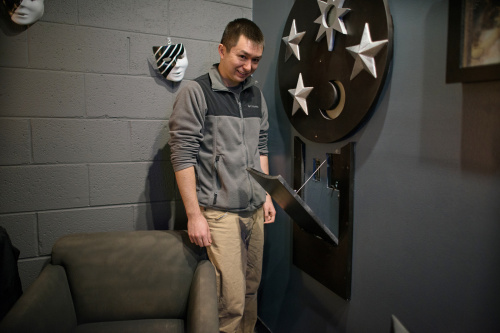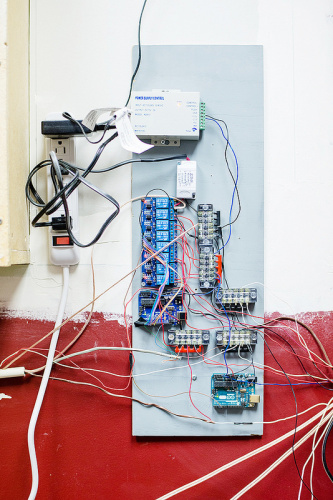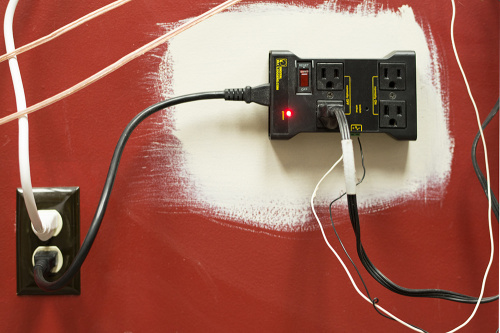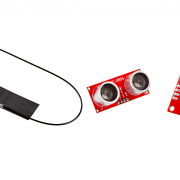Enginursday: The Electronics of Escape
A peek behind the scenes of a popular escape room, and into the electronics powering the mystery.
If you haven't been introduced to the joy of the escape room, please allow me. Imported from Europe, these immersive group problem-solving puzzles have been appearing all over the country, and if you enjoy critical thinking, mystery, or shouting at your friends, I can't recommend them enough.
On a recent visit to Conundrum Escape Rooms in Arvada, CO, I couldn't help noticing that several of their puzzles relied on some very clever embedded electronics applications. After a lengthy meeting in a back room heavy with incense smoke and creepy medieval chanting, they graciously agreed to allow me to share some of what they created, provided I don't spoil any of the secrets.
If you're unfamiliar with escape rooms, here's a quick breakdown: You and a group of friends (or strangers) are locked in a small room. You have one hour to solve a series of puzzles that will unlock the room and free you. While many of the puzzles are mental or paper-and-pencil tasks, all will eventually result in a physical change in the room, often the opening of a combination lock. This is where the electronics come in.
Embedded electronics have elevated Conundrum beyond the typical "puzzle reveals combination, opening lock to reveal new puzzle" progression by creating ways for the room to come alive as you unlock its secrets. Correct solutions can change the landscape of the room. The answer to a riddle might be sensor input, rather than a word or sequence of numbers.
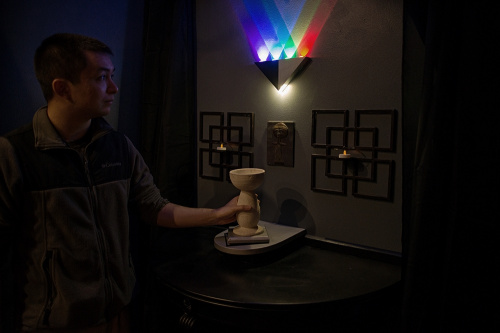
I am under no circumstances allowed to disclose what a cool application for RFID this is.
The effect is excellent; the autonomous electronics create seemingly magical interactions between objects in the room and the participants. But with great effects come great design challenges. Reactions to sensor input must be extremely reliable. If a group finds the solution, but doesn't get the response they're expecting, they'll assume their solution is wrong and move on, wasting valuable time. If a light is supposed to come on when they blow into an audio sensor, it must reliably do so for one group per hour, every day.
Relatedly, any electronics used in the room must be durable. Under time pressure, people aren't gentle, and props and furniture in the room take a beating. An expensive circuit that can't stand up to months of regular abuse isn't a good use of time or money.
Puzzle rooms are a fascinating application for embedded circuits, and this style of puzzle circuit also has applications in haunted houses, scavenger hunts, and other projects where an air of mystery is valuable. If you're interested in investigating these circuits yourself, here's a list of Sparkfun parts used in the making of Conundrum's first room:
And there's more on the way! Work has already begun on a second room, with new puzzles so enigmatic that even I haven't been given any insight!*
If you've got puzzle suggestions, parts you would recommend, or stories about related projects, leave them in the comments! There's still time for them to find their way into the new scenario!
*I begged them not to tell me; I want to finish the second room without any hints!

